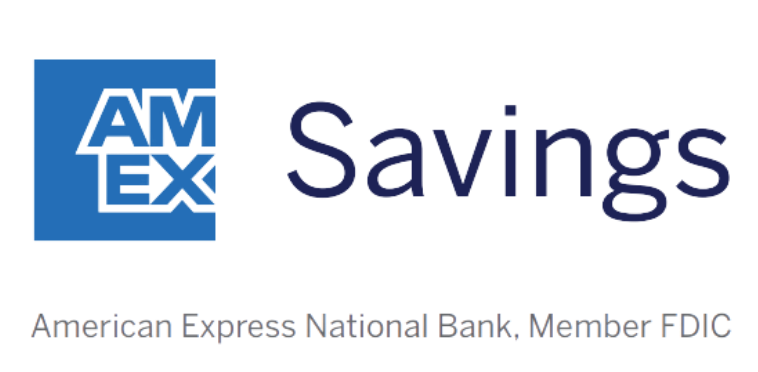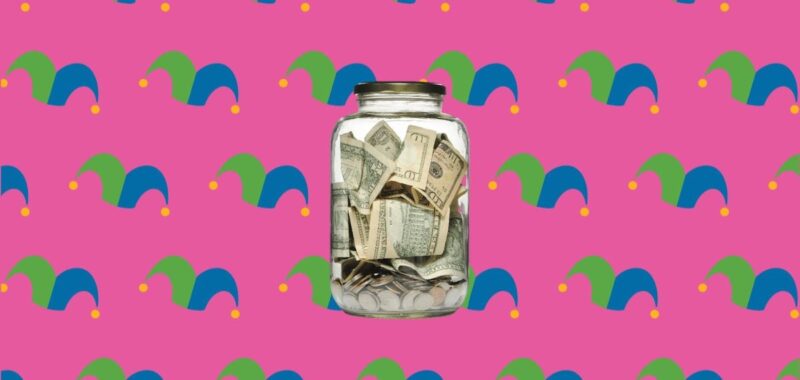Now that the Federal Reserve Board has met and we know for a fact that change is coming to interest rates (starting with a cut of 0.50%), it may be time to reevaluate where you’re putting your money. Although high-yield savings accounts had their day, this first drop in rates may well be the beginning of the end, and more cuts could be coming, which will inevitably eat away at your savings interest.
So, where can you put your money now that will perform well without a lot of risk? Let’s take a look.
1. Index funds
When friends ask me what stocks to buy, I always stop them short and tell them to invest in index funds. It’s not because I can’t tell them, but stock picking is an art, as well as a “teach a man to fish” scenario. You have to really believe in your stocks to get through the hard times, as having your own conviction in the company will keep you from selling if the stock has a bad year.
That’s why index funds are great. Instead of being just one stock, they consist of lots of stocks. These are funds that are meant to recreate the performance of entire indexes. For example, Invesco QQQ Trust (Nasdaq: QQQ) follows the Nasdaq index, an index that’s loaded with tech companies and startups, which gives it a lot of potential, with some volatility in the mix.
Our Picks for the Best High-Yield Savings Accounts of 2024
|
Capital One 360 Performance Savings 
APY 4.25%
|
APY 4.25%
|
Min. to earn $0 |
|
Discover® Online Savings 
|
Min. to earn $0 |
|
|
American Express® High Yield Savings 
APY 4.25%
|
APY 4.25%
|
Min. to earn $0 |
In the last five years, despite some big bumps in the road, QQQ has gained 147% in value, which is great for your savings or retirement. Index funds in general are great options, and if you need to liquidate all or part of your holdings, you can do so just like you would with any stock, making them semi-liquid, too.
2. Treasury notes and bonds
Although I’m a big believer in index funds, they’re not for everyone, and there is some risk of loss involved. It’s unlikely a solid index fund like QQQ will completely go belly-up, but it’s not impossible, and for some savers, that’s too much of a risk with their cash. I get that.
For you, the more cautious investor, let me present to you one of the safest investments possible: Treasury notes and bonds. These are mid- to long-term investments that you can buy directly from the Department of the Treasury, locking in the rate at which they pay for the lifetime of the note or bond at the time of purchase.
You may notice that I’m not including T-bills in this, and that’s because they only last about a year, at which point I believe interest rates will have fallen even further, so they’re not really going to serve you with the way the environment looks right now.
When you buy from the Treasury, you get your notes or bonds at a discount to the face value, and when your notes or bonds mature, you can redeem them for more than you paid. They sell auction-style online, so the sales price can vary, but the interest rate is set for the life of the note or bond.
The most up-to-date rates for T-bonds right now are 4.125% for 20-year bonds, and 4.250% for 30-year bonds, with interest being paid every six months. T-notes are paying slightly less, at 3.875% for 10-year notes, but they also pay every six months.
3. Certificates of deposit
Wait, what? If rates are dropping, shouldn’t we avoid certificates of deposit (CDs) at all costs? Definitely not! They’re still valuable investment tools, especially if you’re a new investor and you’re looking for ease of use and security bundled in one little package.
Right now, the Federal Reserve Bank of St. Louis is reporting that the average yield for a 24-month CD is still sitting at 3.91% and the average 60-month CD yield is at 3.71%. Remember, these are averages, so there are likely CDs out there still that are paying more and some that are paying a great deal less — you’ll need to shop around for the best deals.
The reason I include CDs on this list is because they’re so, so accessible. They rarely have upfront fees (though penalties are stiff if you have to withdraw your funds early), and you can open one as easily as opening a bank account. And for some people, that’s really what they need and want.
Rate cuts are inevitable now
A few months ago, we weren’t sure if rate cuts were coming, but it’s clear now that banks believe that this first round of cuts isn’t where it’ll end. That means that you need to make smart money moves now to lock in today’s interest rates while you can. September has already seen a decline in offered interest on accounts — don’t wait any longer to move your money somewhere more profitable.

